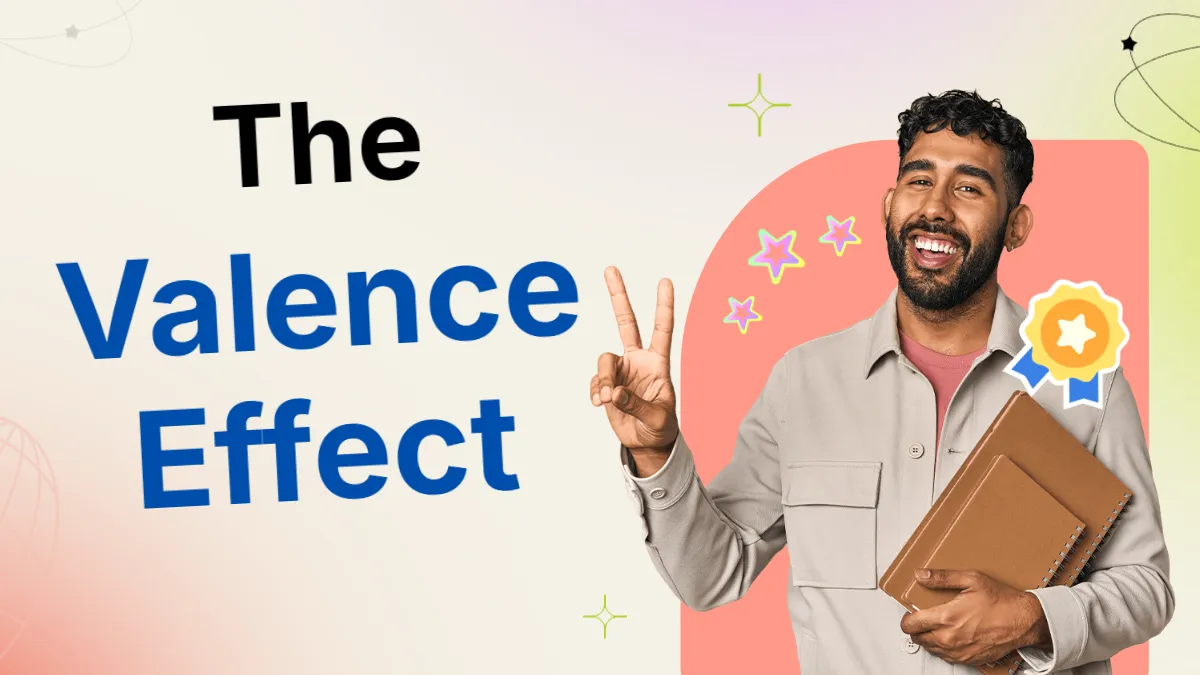
Leverage The Valence Effect in Marketing
In a 1966 study by Rosenhan and Messick, participants were asked to choose between two cards—one with a smiley face and the other with a frowning face. The results showed that, all else being equal, participants were more likely to pick the card displaying the smiley face.
This tendency reflects our natural inclination toward positive outcomes, even if they aren't always perceived that way. It's a phenomenon known as the Valence effect.
In psychology, "valence" refers to the positive or negative emotional value attached to a stimulus, event, or object. The Valence effect is our tendency to overestimate the likelihood of positive outcomes and, conversely, underestimate the probability of negative ones. This bias can impact our decision-making, particularly when the odds are evenly split.
For instance, if someone tells you there's a 50% chance of winning a grand prize, you're likely to view those odds favorably, even though there's an equal chance of losing. This isn't necessarily a bad thing. Wishful thinking has helped humanity survive, adapt, and innovate in the face of challenges. And it can also contribute to a positive return on investment (ROI) for your marketing campaigns.
Here’s how you can leverage the Valence effect:
1. Highlight Positive Peer Reviews
Showcasing positive reviews is a staple in marketing because people value opinions from others. To maximize the Valence effect, ensure positive reviews are prominently displayed. Recent studies, including those focused on e-commerce, indicate that positive reviews significantly influence purchasing decisions. Running ads that feature these reviews or placing them in visible spots on your landing page can increase conversion rates.
2. Evoke Mental Images of Success
If you want customers to buy your product, emphasize the positive outcomes of using it. This approach can inspire action, tapping into wishful thinking by making customers think, "That could be me." By encouraging them to visualize themselves experiencing similar success, you're more likely to drive purchases. It’s not just about improvement; it’s about leveraging a natural tendency to seek positive outcomes.
3. Frame Concerns Positively
Concerns are like roadblocks that can hinder customers from making a purchase. Fortunately, addressing them in a positive light can alleviate these worries. If you’re selling an expensive product, emphasize its long-term value or savings. For complex software, focus on what users can achieve once they master it, rather than the challenges of the learning curve. Always keep the focus on positive outcomes.
